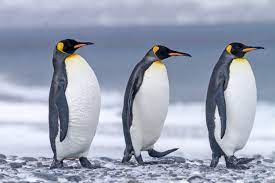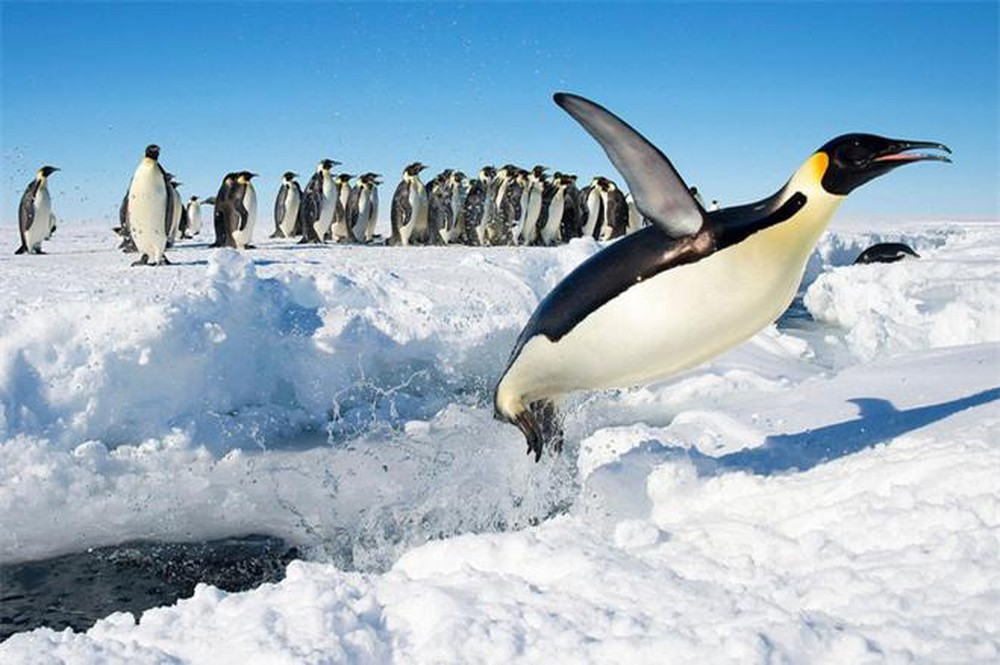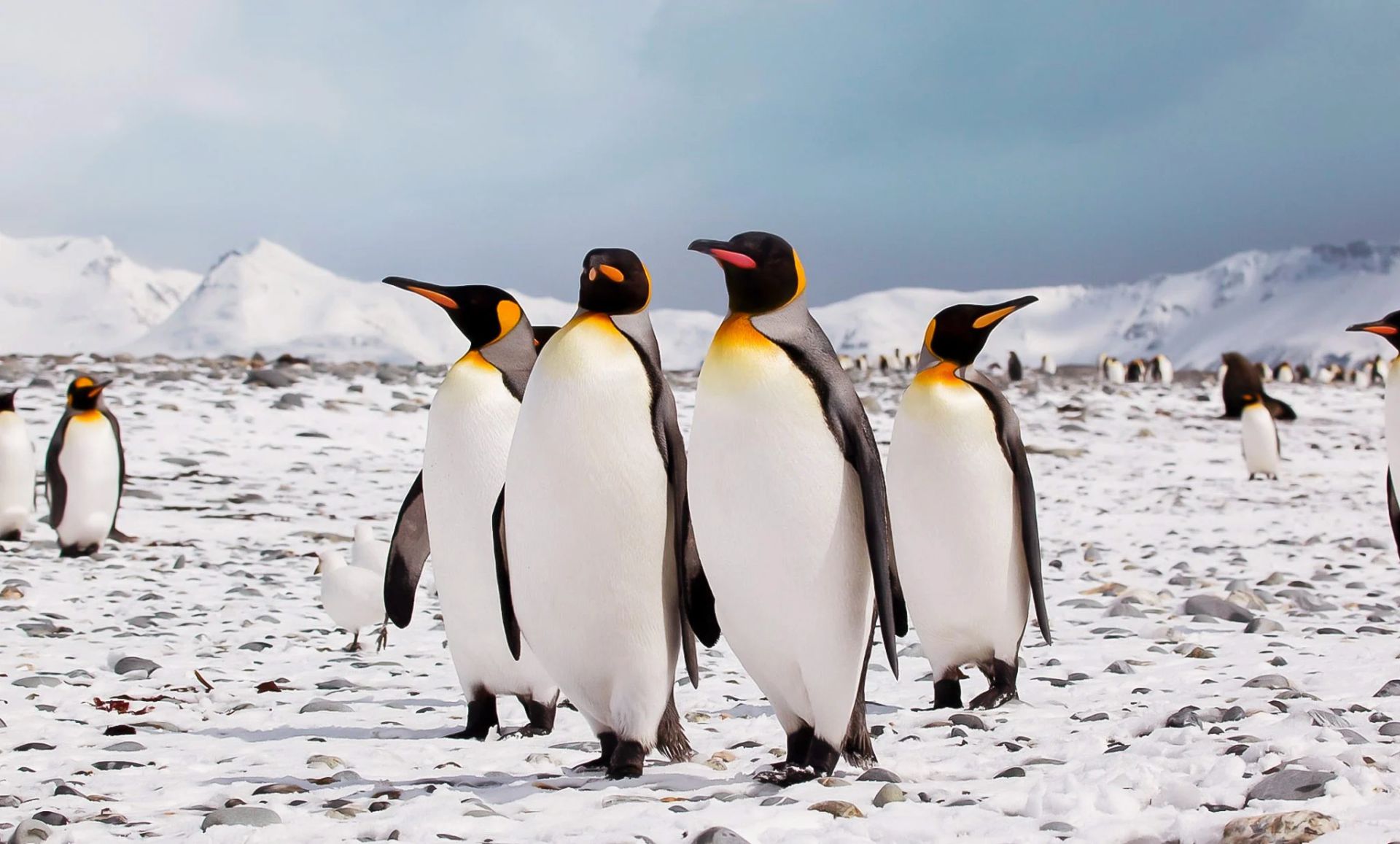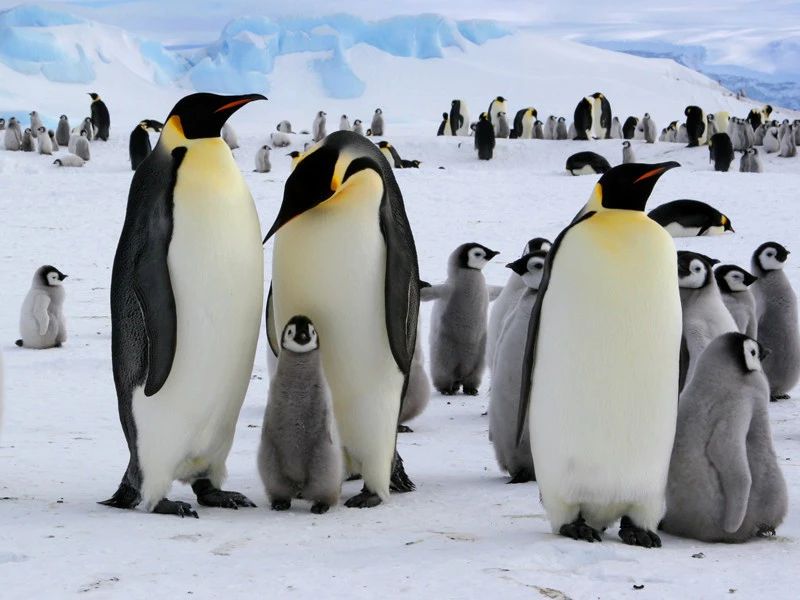Spheniscidae: The Fascinating Family of Penguins

Spheniscidae, commonly known as penguins, is a fascinating family of flightless birds that captivate our hearts and imaginations. These charismatic creatures are renowned for their unique adaptations to life in the Southern Hemisphere, where they inhabit a diverse range of environments, from icy Antarctic landscapes to the temperate coasts of South America, Africa, and New Zealand.

Penguins are instantly recognizable by their distinctive appearance. With their upright stance, short wings, and torpedo-shaped bodies, they are perfectly adapted for swimming and diving. Their feathers, sleek and waterproof, help them navigate through the water with remarkable agility, while providing insulation against the cold. From the iconic Emperor Penguin, standing tall at over 4 feet (1.2 meters), to the adorable Little Blue Penguin, standing just over a foot (30 centimeters), each penguin species possesses its own unique charm and characteristics.

One of the most captivating aspects of penguins is their extraordinary behavior. These social birds form tight-knit communities, often gathering in large colonies that can number in the thousands. Within these colonies, they engage in a variety of activities, including breeding, nesting, and hunting. The sight of penguins waddling together on land, caring for their eggs, or gracefully gliding through the water in pursuit of prey is a testament to their remarkable adaptability and cooperation.
Penguins are exceptional divers, capable of plunging to incredible depths in search of fish, squid, and krill. Some species can reach depths of over 1,700 feet (500 meters) and stay underwater for several minutes. Their streamlined bodies and flipper-like wings enable them to swim with remarkable agility, propelling themselves through the water with ease. Witnessing a penguin in its element, gracefully maneuvering underwater, is a testament to their mastery of an aquatic lifestyle.

Despite their prowess in the water, penguins face numerous challenges in an ever-changing world. Climate change, overfishing, habitat destruction, and pollution threaten their delicate ecosystems. Conservation efforts are crucial to protect penguin populations and their habitats, ensuring the survival of these beloved creatures for future generations.
Beyond their ecological significance, penguins hold a special place in human culture. Their endearing characteristics, immortalized in books, films, and documentaries, have endeared them to people worldwide. They symbolize resilience, family bonds, and the beauty of the natural world. Their unique personalities and captivating behaviors have made them beloved ambassadors for wildlife conservation.

Whether it’s the comical antics of the Gentoo Penguin, the regal march of the King Penguin, or the adventurous spirit of the Adélie Penguin, the family of Spheniscidae offers endless fascination and inspiration. Their remarkable adaptations, captivating behaviors, and the challenges they face serve as a reminder of the interconnectedness of all species and the need to protect the fragile ecosystems they call home.
So let us celebrate the fascinating family of penguins, Spheniscidae, and continue to marvel at their resilience, adaptability, and unwavering spirit in the face of a rapidly changing world. May we be inspired to take action, ensuring the conservation of these beloved creatures and the preservation of their habitats for generations to come.



